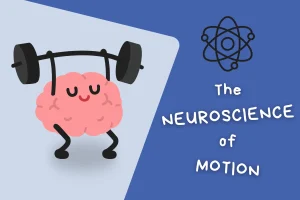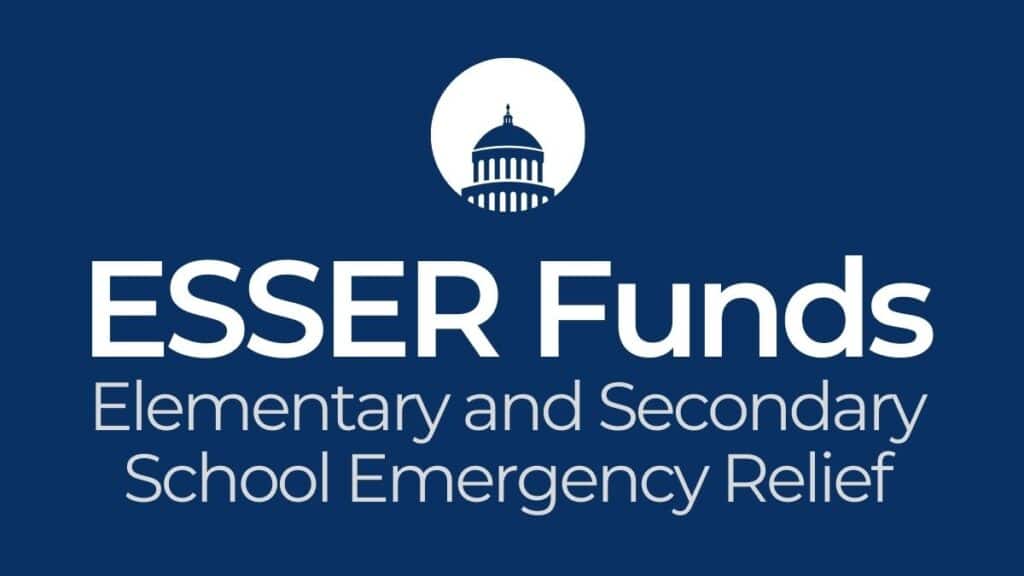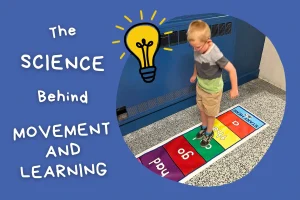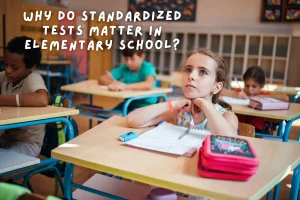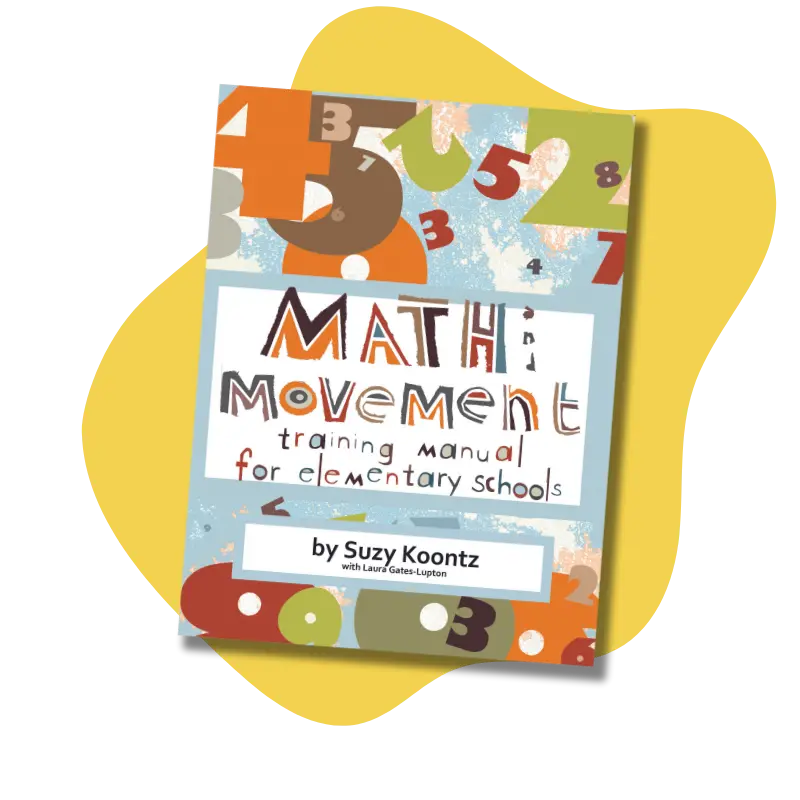What is the American Rescue Plan?
Due to the COVID-19 pandemic, students have fallen behind in their learning. The sheer fact that schools were not immediately equipped for the damage caused at the start (or really first year) of the pandemic put a lot of pressure on students and teachers alike to just “make it work.” Unfortunately, those months of actual learning were lost as students transitioned to learning at home, classrooms became virtual, buildings and programs closed, and teachers had to redesign their lesson plans to account for all of the changes that happened so quickly.
On March 21, 2021, the federal government passed the “American Rescue Plan”. This plan addressed the learning loss of students due to Coronavirus. The American Rescue Plan (ARP) is the third phase of government funding to support schools in the wake of COVID-19. This is called ESSER (Elementary and Secondary School Emergency Relief Fund). The ARP is a 1.9 trillion dollar package of assistance measures. It has already been distributed to (most) states for districts/LEAs to apply for. The revised table of allocations to each state can be found here.
Why does the American Rescue Plan matter?
20% of the funds distributed to school districts must be used to accelerate student learning! According to the ‘legalise’ of the ARP, funding must be used “to address learning loss through the implementation of evidence-based interventions and ensure that those interventions respond to students’ social, emotional, and academic needs and address the disproportionate impact of COVID-19 on underrepresented student subgroups”. In short, if you want to bring evidence-based programs into your district that will help your kids get to grade level and support their social-emotional needs, the ARP funds can help cover them. Details about how that 20% should be used can be found on page 5 of this document.
For districts and their teachers, this marks the first time in a long time that money (and a significant amount of it at that) is readily available for your classrooms. Moreover, a large portion of it must be used on programs/services to get all students back up to grade level. So, there is little need at this time to pursue lengthy grants to supplement the funds from your school.
As a teacher, where do I fit into all of this?
The simple fact that these funds must go towards getting students up to grade level makes your voice as an educator needed now more than ever. Districts are in the process of developing a plan for how to spend the thousands and thousands of dollars they will receive from the ARP. And, you should be a part of that discussion. As an educator, you know what your students need to succeed. You should have a voice in how those funds are spent for your classroom.
After talking to teachers across the country, it’s been surprising to me that so few are aware of the ARP. Some district administrators are taking it upon themselves to educate their staff about the ARP and their plans for using the funding allotted to them. But, many teachers (and administrators themselves!) are unaware of the free money that’s waiting to be used.
The difficult truth is that each state is responding to the federal funds differently. Some states like Missouri are actively against the ARP funds and are under the impression that schools have already received enough support. Luckily for MO students, MO superintendents have been fighting against legislators to get their students what they need. States that have already received federal ARP funds are now actively allocating these funds to individual districts. But, (unsurprisingly) – like the few remaining states – districts and administrators are unresponsive to the funds being allocated. This is why all contributors of children’s education must participate in this process. From superintendent to teacher, curriculum director to PTA member, we want you to be informed and heard.
Simply put, every district across the United States is approaching the ARP differently. Although the ARP lays out what types of programs and interventions are allowable, it is up to districts to determine those specifics based on their students’ needs. It is the perfect time for educators to join the conversation!
What should I do to make sure that my students get what they need from the ARP?
The best first step is to approach your administration and ask what your district’s plan is for the ARP funds. Chances are, your district’s leaders are actively crafting a plan, and your input is important!
If your district is trying to find services/programs to spend their funds on, great! You can be an advocate for your students and their needs by participating in your district’s plan. Many administrators across the country are offering presentations and Q&A sessions for their teachers. These sessions can inform teachers of the progress of the district’s plan and to receive feedback from staff.
If your district has already formulated a plan, you should still make an effort to learn what it is. The period of performance for the ARP awards is March 13, 2020, through September 30, 2024. Meaning, funding for services/projects can be reimbursed for up to 3 years from now.
Again, every district is at a different stage of the process. But, these initial conversations are important in making sure that educators have a voice in how these dollars are being spent. Grants are no longer the only source of funding for supplementary programs that accelerate student learning. Arguably, this is one of the most significant silver linings of the pandemic for educators…
Where can I go to learn more?
You can find all documents pertaining to the ARP online at the Office of Elementary & Secondary Education’s website. Learn more about your state’s plan and how much your district should be receiving from the ARP on your state’s Department of Education’s website. The National Math Foundation has created a handy allocation table to quickly find how much funding your district will receive. (Make sure to click on the amount of your state and ctrl+f to search your district!)
If you are looking to bring evidence-based, movement-focused programming to your classroom, school, or district, Math & Movement offers many solutions to the allowable uses described in the ARP. Check out this page to learn more about these solutions. These are great ways to get Math & Movement materials and training into your school while also fulfilling the allowable uses of the ARP funds!
